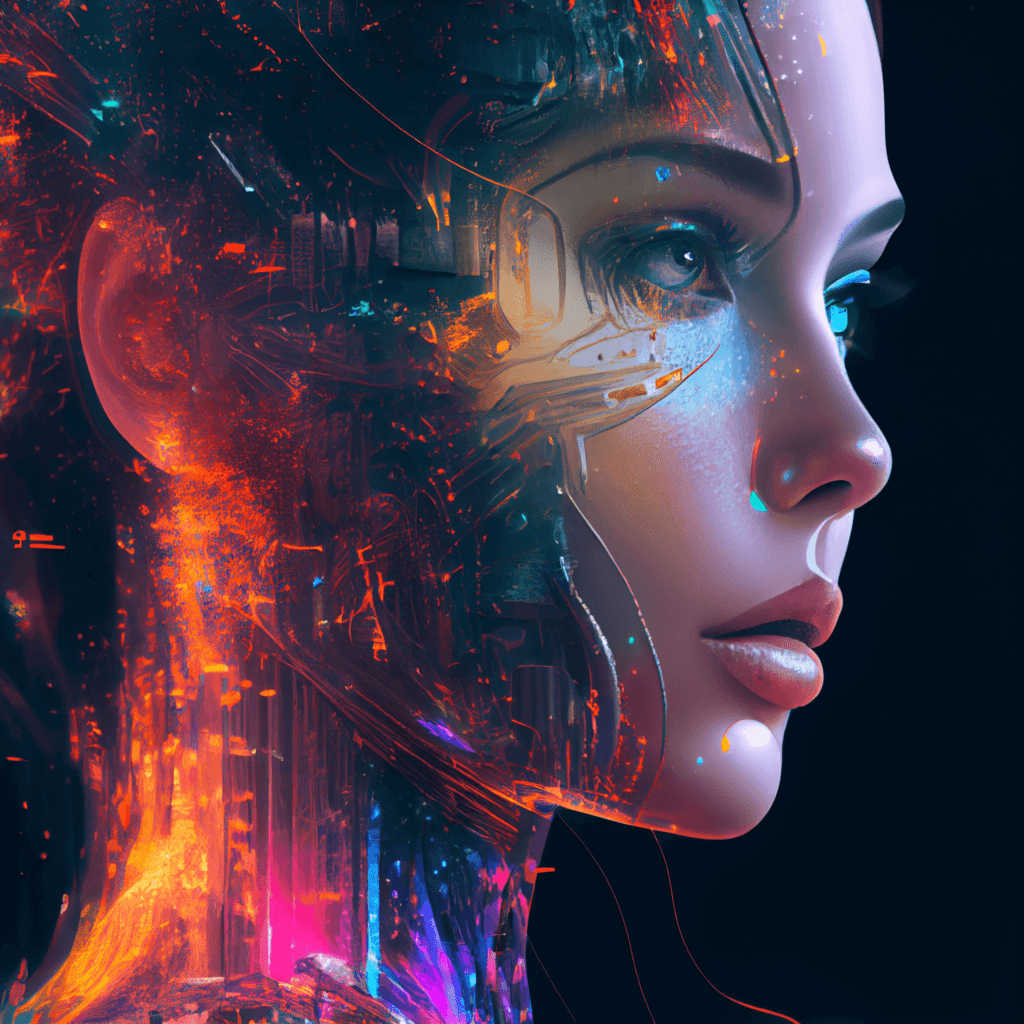

Silicon Valley is currently experiencing an investment frenzy in the field of “generative artificial intelligence,” or AI that is capable of generating text, images, and sounds in response to short prompts. This technology has captured the attention of investors and tech experts alike, as it has the potential to revolutionize a wide range of industries.
One of the most exciting applications of generative AI is in the realm of content creation. With the ability to generate written articles, social media posts, and even entire websites, this technology has the potential to significantly reduce the workload of content creators and marketers. It could also potentially be used to create entirely new forms of content that are currently not possible with human effort alone.
Another area where generative AI is making waves is in the field of image and video creation. Tools that can generate realistic-looking images and videos in response to prompts have the potential to revolutionize industries such as advertising and entertainment. For example, a company could use generative AI to quickly create hundreds of variations of a single ad, each tailored to a specific target audience. Similarly, film studios could use the technology to create entire scenes or even movies with minimal human input.
The potential for generative AI extends beyond just text and images, however. Some researchers are exploring the use of this technology to generate sounds and music as well. For example, a generative AI system could be trained on a large dataset of music and then be used to create entirely new pieces of music based on prompts or themes provided by a user. This could have significant implications for the music industry, potentially reducing the need for human composers in certain cases.
While the potential for generative AI is vast, it is important to note that the technology is still in its early stages and there are many challenges that need to be addressed. For example, one of the main limitations of current generative AI systems is that they often produce output that is difficult for humans to understand or that lacks coherence. There is also the concern of bias, as AI systems can often reproduce and amplify biases present in their training data.
Despite these challenges, the excitement surrounding generative AI shows no signs of slowing down. Many experts believe that this technology has the potential to fundamentally change the way we create and consume content, and could potentially lead to a new wave of technological innovation. As such, it is likely that we will see continued investment and research in this area in the coming years.
Overall, the boom in generative AI is a testament to the rapid pace of technological advancement in the field of artificial intelligence. As this technology continues to evolve and mature, it will be interesting to see the impact it has on a wide range of industries and how it shapes the future of content creation and consumption.
n recent years, there has been a significant increase in the development and use of artificial intelligence (AI) in a variety of fields. From self-driving cars to virtual assistants, AI has the potential to revolutionize the way we live and work. One particular area of AI that has garnered a lot of attention recently is known as “generative AI.”
Generative AI refers to AI systems that are capable of generating text, images, and sounds in response to prompts or input. This technology has the potential to significantly change the way we create and consume content, as well as the way businesses operate.
One of the main benefits of generative AI is its ability to greatly reduce the workload of content creators and marketers. For example, a generative AI system could be trained on a large dataset of articles and then be used to create new articles based on prompts provided by a user. This could potentially save significant time and effort for writers and editors. Similarly, a generative AI system could be used to quickly create hundreds of variations of a single ad, tailored to specific target audiences.
Generative AI also has the potential to create entirely new forms of content that are currently not possible with human effort alone. For example, a generative AI system trained on a dataset of images could be used to create entirely new images that are realistic and lifelike. This could have significant implications for industries such as advertising and entertainment, as it could allow companies to quickly and easily create high-quality visuals with minimal human input.
In addition to text and images, generative AI is also being explored as a tool for creating sounds and music. Some researchers are working on developing AI systems that are capable of generating original music based on prompts or themes provided by a user. This could potentially reduce the need for human composers in certain cases, though it is important to note that the technology is still in its early stages and there are many challenges that need to be addressed.
Despite the many potential benefits of generative AI, it is important to note that the technology is still in its early stages and there are many challenges that need to be addressed. For example, one of the main limitations of current generative AI systems is that they often produce output that is difficult for humans to understand or that lacks coherence. There is also the concern of bias, as AI systems can often reproduce and amplify biases present in their training data.
Despite these challenges, the excitement surrounding generative AI shows no signs of slowing down. Many experts believe that this technology has the potential to fundamentally change the way we create and consume content, and could potentially lead to a new wave of technological innovation. As such, it is likely that we will see continued investment and research in this area in the coming years.
Overall, the potential for generative AI is vast and varied, with the potential to significantly impact a wide range of industries and change the way we live and work. As this technology continues to evolve and mature, it will be interesting to see the impact it has on the world around us.
For More information on how you can add AI to your marketing campaigns, please visit callsandwich.com
